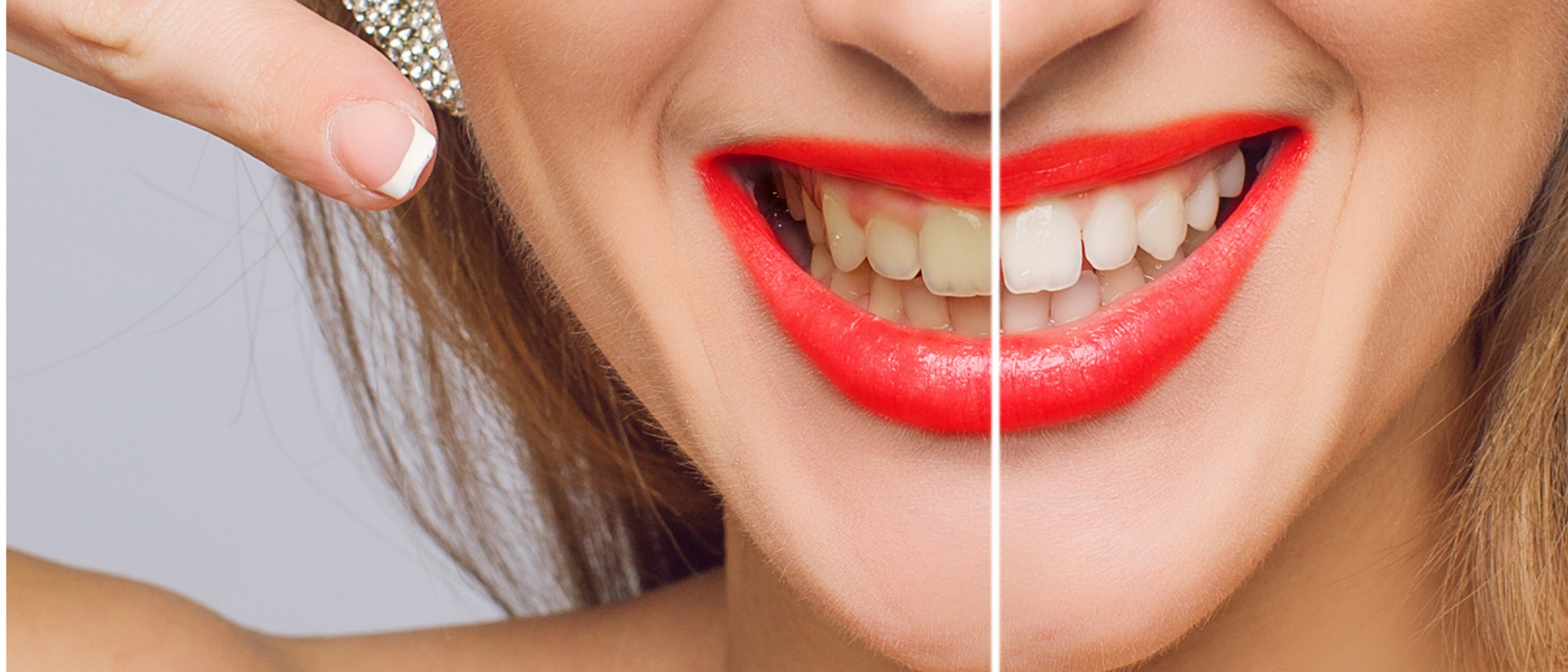
Tooth Whitening is a modern phenomenon imported from America. Right? Well, not exactly as we will discover….
People have always known that teeth are for more than just chewing and before speech, there has always been the universal language of the smile. Everybody knows how important a smile is and most people realise that if we don’t look after our teeth, our smile won’t be so attractive. Teeth and smiling are inseparable.
People have always taken care to make sure their smiles are as attractive as possible but in the past, they didn’t have the means that we have today to keep their teeth white. They used pretty crude and often unpleasant methods to whiten teeth. While modern teeth whitening using gels and trays has only been around since the 1980s, Tooth Whitening, or Tooth Bleaching to be more accurate, has been around for thousands of years.
Over 4,000 years ago, Ancient Egyptians believed that white teeth were a sign of beauty they used various methods to get their teeth as white as possible. One of the most effective treatments, that they discovered, was to mix crushed pumice stone with wine vinegar. They rubbed this mixture on their teeth with frayed sticks twigs, and though it was fairly harsh on the tooth structure, it worked to lighten the colour of their teeth very well. Much as now, they believed that white teeth created an air of wealth and sophistication.
If brushing your teeth with dust, vinegar and twigs doesn’t sound fun, at least the Egyptians had it better than the Romans. The ancient Romans went even further with their teeth whitening using stale urine to bleach their teeth. For a long time, the sophisticated Roman about town was convinced that Portuguese Sailor’s Urine was the very best. This was mixed with goat’s milk and rubbed onto the teeth with soaked pieces of leather. The reason that Portuguese urine was so sought after has been lost over time, but rich Roman’s felt strong enough about it to pay the best prices for it and have it shipped to Rome in large volumes!
Stale urine was in effect a kind of ammonia and was used in bleaching out animal hides to make them white. They felt that it would have the same ability to give them the sparkling white teeth they found attractive. While this method of teeth whitening seems disgusting to modern man ancient Roman’s found it to be a product that worked and worked well for them.
12th-century “doctors” recommended that patients use a sage and salt rub to whiten their teeth or that they scrub them with the Elecampane Flower. The public turned to barbers for their dental needs in the 17th century, who would use a metal file to make the teeth abrasive and then paint them with nitric acid. The late 18th century brought about the use of bleaching with oxalic acid. While all these techniques probably worked and made teeth whiter, it eroded tooth enamel and led to quite severe decay. That was the price of having beautiful white teeth, even temporarily!
Modern tooth whitening came about as a result of an incidental observation. In the 19th century, dentists were concerned with healing the gums from disease and infection, and it was discovered that Hydrogen Peroxide had a positive effect on infection and inflammation of the gums. (Hydrogen Peroxide is a powerful oxidising agent and kills the disease-causing bugs that thrive in the absence of Oxygen, underneath gums for example). In the 1960’s it was noticed that teeth soaked in a solution of Hydrogen Peroxide overnight looked significantly whiter.
The idea was considered in the dental research for 20 years before it really took off. In 1989 a thick whitening gel, containing carbamide peroxide (this breaks down into hydrogen peroxide and urea- not necessarily from Portugal!) was patented and is still the basic technique used by Dentists.
The current technique varies a little, but is usually a thick gel of Hydrogen or Carbamide peroxide applied to the surface of teeth with a close fitting mouth guard (called a bleaching tray), and kept in place for a period of time from 30 minutes to overnight. It is the Oxygen molecules that are released from the gel that does the work of removing discolouring chemicals from the tooth. The technique has been proven to be safe and effective and relatively inexpensive with very few side effects and has become an essential technique in modern cosmetic dentistry.
Whilst the fashion in the United States has been for a dazzling brilliant white perfect smile, it is much more common in the UK to whiten teeth to a more natural but still beautiful lighter colour.
Article by David Watson for WR Magazine.
If you would like to find out more about how we can help whiten your teeth, visit Beacon Dentalcare
Related Treatment

Teeth Whitening
Tooth whitening involves lightening the natural co...
